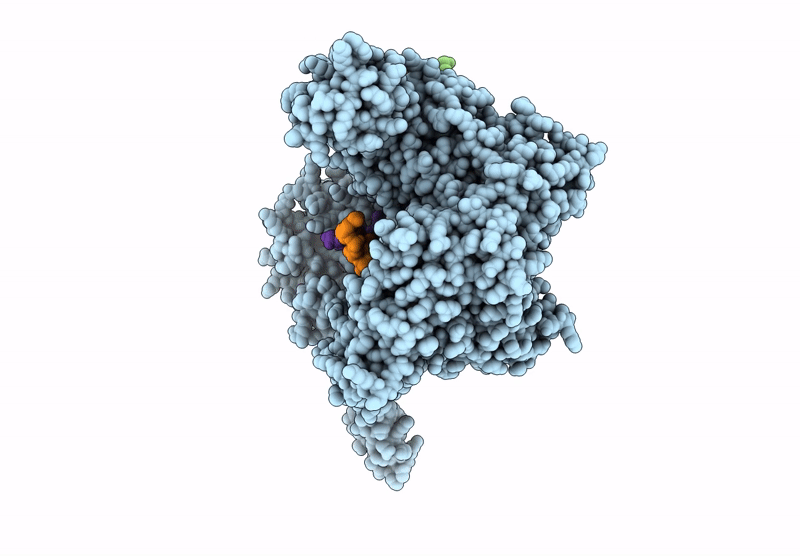
Deposition Date
2024-10-22
Release Date
2025-10-22
Last Version Date
2025-10-22
Entry Detail
PDB ID:
9K6H
Keywords:
Title:
Structure of human LINE-1 ORF2p with endogenous DNA and RNA/cDNA hybrid bound to dNTP and Mn2+
Biological Source:
Source Organism:
Homo sapiens (Taxon ID: 9606)
Trichoplusia ni (Taxon ID: 7111)
Trichoplusia ni (Taxon ID: 7111)
Host Organism:
Method Details:
Experimental Method:
Resolution:
3.00 Å
Aggregation State:
PARTICLE
Reconstruction Method:
SINGLE PARTICLE


